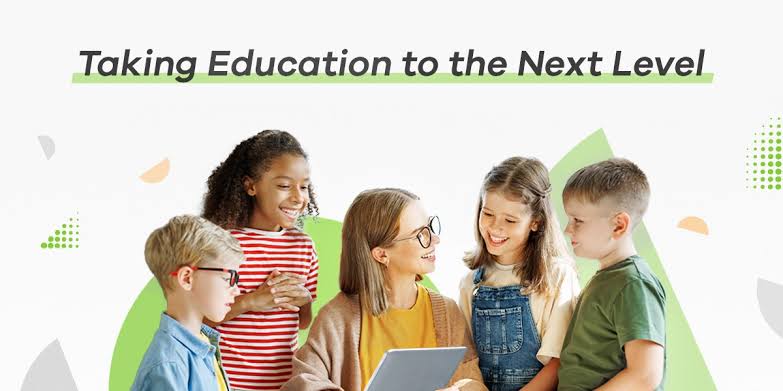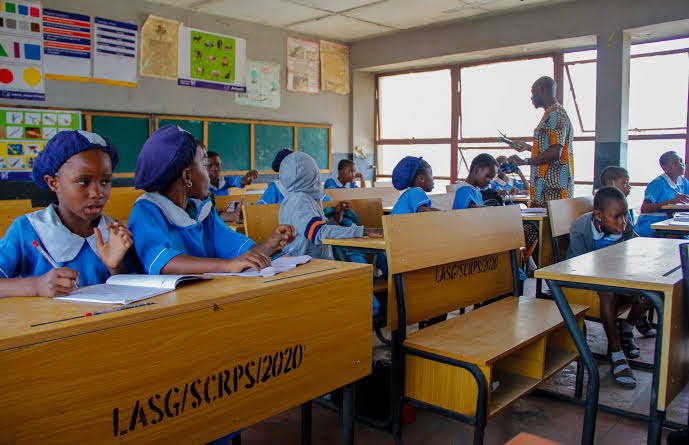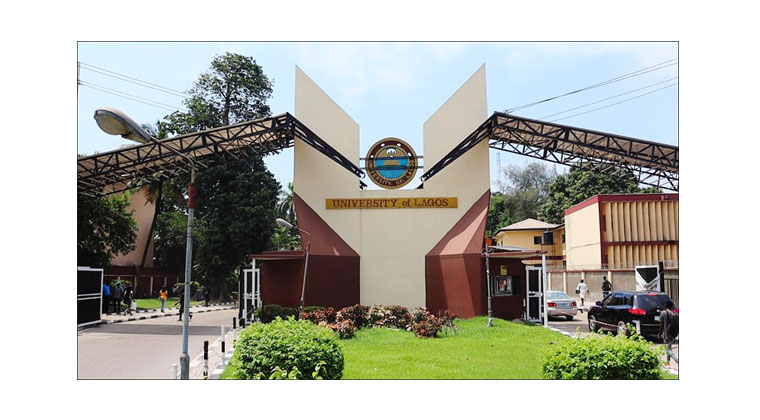The advent of technology has opened pathways into different sectors as well as in education. Introduction of technology into the educational systems is changing learning by students, teaching techniques by teachers and institutional operations (Johnson, Becker, Estrada & Freeman 2014). This change is anticipated to make learning more accessible, interesting and effective.
One of the most significant ways through which technology has impacted on education is increased accessibility to various learning materials. Digital platforms and online courses have broken geographical barriers making it possible for learners from under-developed and remote regions to access quality education. For instance, Massive Open Online Courses (MOOCs) as well as academic platforms such as Coursera, edX, Khan Academy, Udemy, have multiple courses available from top universities and colleges across the globe. Therefore this equalization of education ensures that any person can learn once they are connected to the internet.
Moreover, assistive technologies are making education more inclusive for students with disabilities. These tools such as screen readers, speech-to-text software’s and adaptive learning aids enable learners with visual impairment, deafness or hearing loss or motor impairments to effectively engage in educational materials.
Personalization of learning experiences is facilitated by technology to accommodate the differing needs of students. These adaptive learning systems employ algorithms and data analytics allowing for student performance real-time evaluation and consequent tailoring of content and pace. In this way, individual leaning styles and paces are addressed thus improving understanding and retention of knowledge.
DreamBox, Knewton, among others, provide examples of personalized math and reading programs offered on their platforms. Through these systems, learners access customized exercises based on their data while also getting feedback in a timely manner. Hence, technology for individual students’ learning requirements makes teaching more effective and exciting.
To increase learner involvement in the process multimedia incorporates elements like videos, interactive simulations or gamified learning modules. Complex ideas can be broken down into easily understandable concepts through educational videos as well animations used in the learning process.
Interactive simulations enable pupils to undertake activities within virtual labs plus scenarios which could not have been easily possible due to lack of physical resources.
Gamification involves introducing game design elements such as points, badges, and leaderboards into the learning process. This method can enhance motivation and make learning more fun. Pupils are therefore motivated to participate actively in classroom activities and try to excel through competition as they use games like Kahoot! And Classcraft.
Technology supports collegiality among students, between them and their teachers; hence technology fosters collaboration amongst students and between students and educators. With online discussion forums, collaborative documents, virtual classrooms and so on, student projects can be done jointly in different locations while ideas could be shared ad peer feedback given.
Tools like Google Classroom, Microsoft Teams, Google Meet have become essential for remote and continuity of education especially during such crisis times as COVID-19 pandemic.
These collaborative technologies also improve the teacher-student relationship through multiple communication channels which enable real-time feedback from teachers to students at any time of day or night. Such feedback enables virtual office hours thereby making learning a dialogue rather than a monologue. When learners ask questions constantly online it becomes easier to address them promptly hence supporting their academic growth as well.
Educational technology paves way for administration to devote themselves to teaching and students more. For example, systems such as Blackboard, Moodle, Canvas and other Learning Management Systems (LMS) automatically do grading, attendance tracking, assignment submissions among others. These simplified tasks in addition to being automated also reduce load on the teacher who can record the most pertinent data without any errors.
Additionally, educators can intervene early when provided with performance analysis by data analytics tools that show where learners are failing. Consequently, institutions can assess patterns from their students’ data thus make use of it to restructure curriculum design and pedagogical techniques as well as resource allocation. This approach based on evidence enables educators to incorporate data into decision making or policy development thereby leading to efficiency in education at large.
Although technology has many advantages, it is not without its own problems, which need to be worked on. The matter of a digital divide still remains as a very significant issue as all students may not have the privilege of having internet access that is reliable together with devices. Therefore, it is important to ensure that there is an equitable access to technology so as not to increase preexisting education inequalities.
Privacy and security concerns are also paramount, as educational institutions handle vast amounts of sensitive student data. Strong control measures must exist that will safeguard this information from breach or misuse by any means. Moreover, educators should be adequately trained and supported in their attempts to integrate technology into their teaching practices.
Teachers require ongoing technical support and professional development programs to enable them adapt to new tools and methodologies.
Taking education to the next level through technology offers unprecedented opportunities for enhanced accessibility, personalized learning experiences, increased engagement rates and improved efficiency levels. Through embracing technological advancements while addressing the related challenges, educational institutions can create a more inclusive, effective and dynamic learning environment. The future of education lies in the seamless integration of technology, paving the way for a generation of learners equipped with the skills and knowledge to thrive in a rapidly evolving world.











